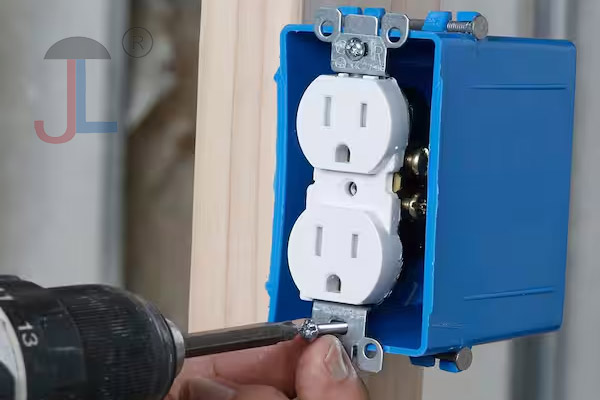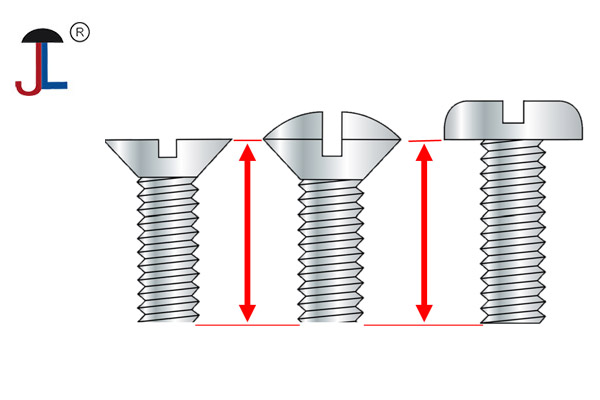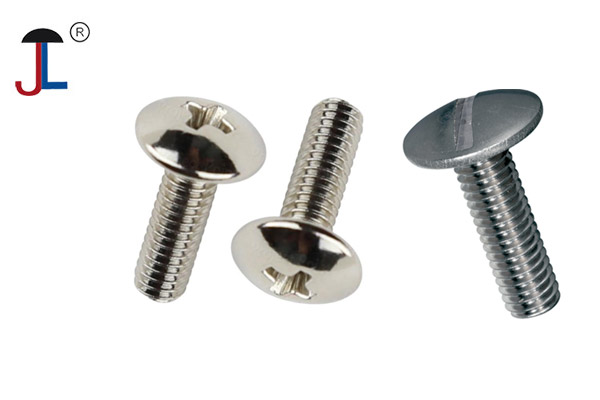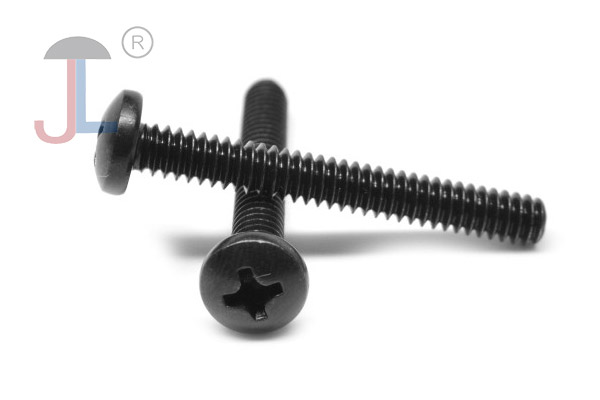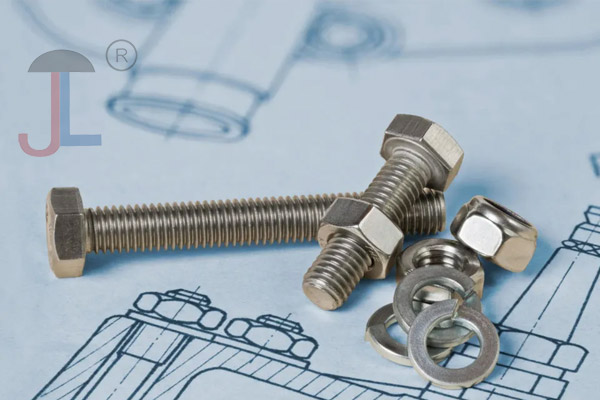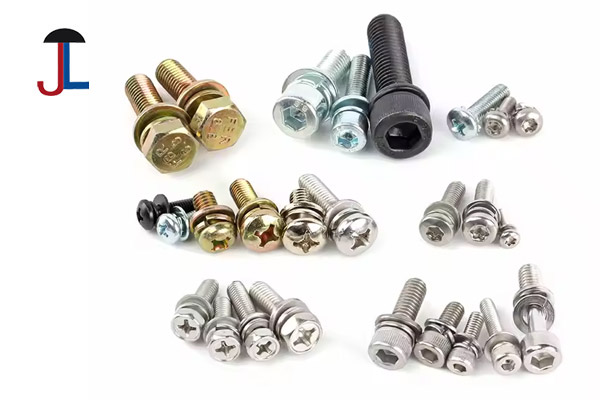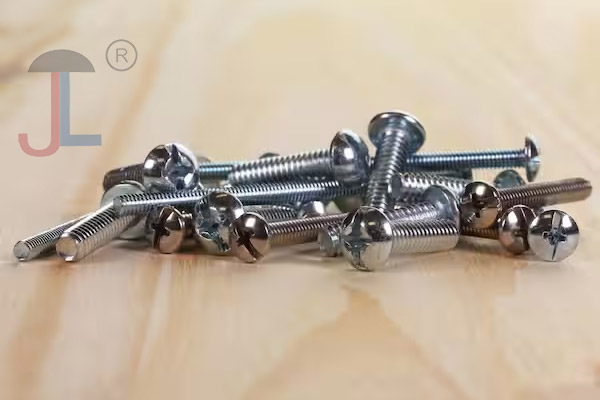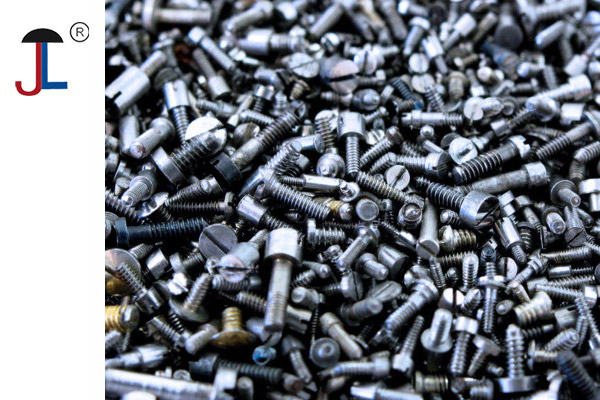However, machine screw can be used effectively in wood if you first cut threads into the wood using a metal tap. This process-called tapping-creates strong, durable threads in hardwoods or dense plywood, allowing the machine screw to engage firmly. Such joints are especially useful for knockdown furniture, jigs, or fixtures that need to be repeatedly assembled and disassembled, because machine screws in tapped holes resist stripping and can be tightened securely.
Key points about using machine screws in wood:
- Without tapping: Machine screws will not hold well in wood because their fine threads cannot grip wood fibers effectively, leading to poor holding power and potential loosening.
- With tapping: By drilling a pilot hole and using a metal tap to cut threads in hardwood or dense plywood, machine screws can form very strong joints, sometimes stronger than wood screws. This requires proper tools (taps, drill bits) and care to avoid misaligned or oversized holes.
- Wood type matters: Hardwoods like hard maple, hickory, white oak, and Baltic birch plywood hold machine screw threads better than softwoods.
- Use of adhesives: Some woodworkers use epoxy or CA glue on the threads to enhance holding strength when using machine screws in wood.
- Threaded inserts: An alternative to tapping wood directly is to use threaded inserts designed for wood, which provide metal threads for machine screws to engage.
In summary, machine screws are not suitable for direct use in wood like wood screws are. But with proper tapping or inserts, machine screws can be used to create strong, reusable joints in wood, especially in hardwoods or plywood. For typical woodworking or hanging applications, wood screws remain the better choice due to their thread design and ease of use.
Summary Table
| Aspect | Wood Screws | Machine Screws in Wood (Untapped) | Machine Screws in Wood (Tapped) |
|---|---|---|---|
| Thread type | Coarse, deep threads | Fine, shallow threads | Fine, metal-cut threads in wood |
| Tip | Pointed, self-tapping into wood | Blunt, requires tapped hole | Blunt, requires tapped hole |
| Holding power in wood | High | Low | High (if properly tapped) |
| Need for pilot hole | Optional (recommended for hardwoods) | Yes | Yes |
| Reusability | Limited (can strip wood fibers) | Poor | Good (can be tightened repeatedly) |
| Suitable wood types | All types | Not recommended | Best in hardwoods and plywood |
Therefore, if you want to use machine screws in wood, prepare the wood by tapping threads first or use threaded inserts. Otherwise, use wood screws for direct fastening into wood.

